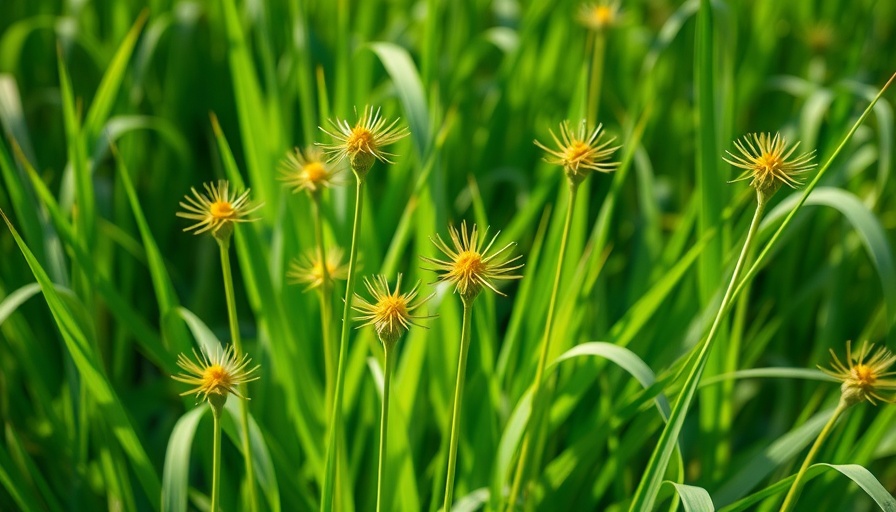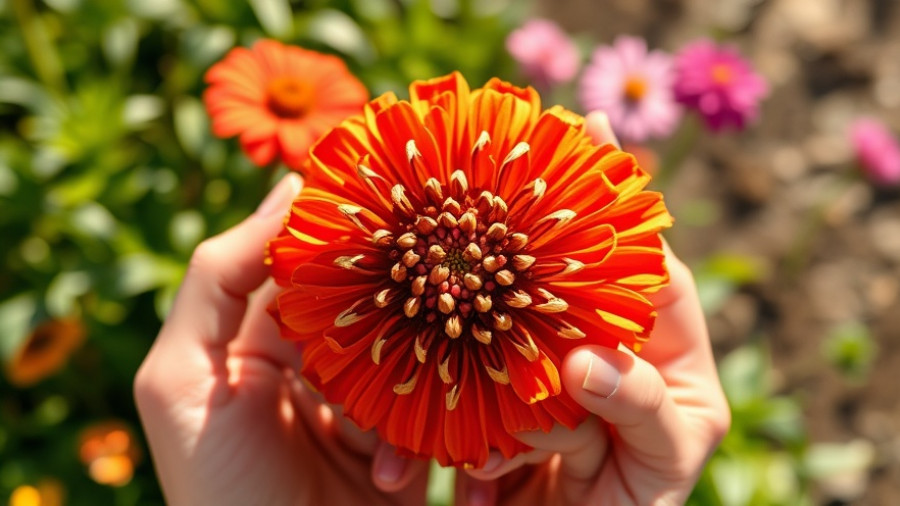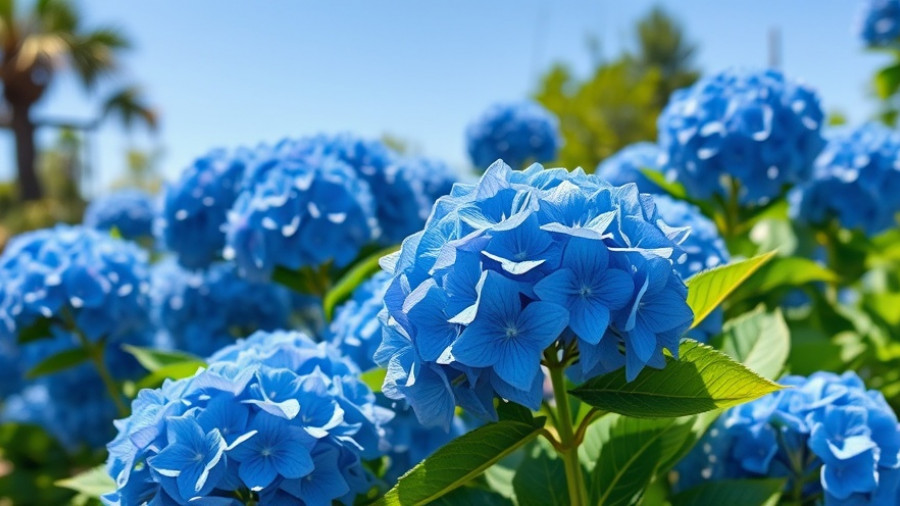
Transform Your Outdoor Space with Native Sedges
If you’ve ever faced an uphill battle with invasive weeds in your garden, you know how frustrating it can be. You might pull and uproot them, only for them to sprout right back up. Imagine discovering a solution that not only combats these unruly intruders but also enhances the beauty of your outdoor space. Enter native sedges from the genus Carex. These resilient plants can restore balance to your yard, thriving with minimal care while suppressing invasive species.
Fresh Alternatives to Traditional Lawns
Traditional grass lawns demand constant maintenance: daily watering, regular mowing, and weed control. On the other hand, native sedges like blue sedge (Carex glaucescens) bring a refreshing twist. These plants thrive in low-water conditions and can withstand varying weather patterns.
For homeowners looking for low maintenance landscaping solutions, replacing those stubborn weeds with luscious sedges is a brilliant option. After a simple initial establishment phase, these beauties will create a thriving, aesthetically pleasing landscape without constant attention.
The Benefits of Choosing Native Plants
Utilizing native plants isn’t just about ease; they play a vital role in promoting local ecosystems. Native sedges specifically can provide important habitats for wildlife, support local pollinators, and improve soil health.
Interestingly, blue sedge can grow in wet, shady environments and is perfect for temperamental spots like swales and rain gardens. Incorporating plants like these into your landscape planning creates a nurturing environment that benefits both you and nature.
Meet Sedges: The Unsung Heroes of Weed Control
Weeds come armed with seeds, roots, and various survival strategies, making them formidable opponents in any garden. However, hardy native sedges can edge them out effectively. Their extensive root systems not only draw nutrients but also create a dense mat that deters weed growth.
Consider the blue wood sedge (Carex flaccosperma), which flourishes under shady conditions and can reach up to 12 inches in height. With its soft texture, it is a functional yet beautiful component of any shaded garden bed.
Eco-Friendly Choices for the Conscious Gardener
With the growing trend toward eco-friendly yard care, opt for plants that require less water and maintenance. Native sedges exemplify this movement as they naturally adapt to your climate and soil conditions, reducing the need for artificial care methods.
Moreover, they help conserve water through better soil retention, making them a sustainable and responsible choice for environmentally conscious homeowners.
Designing Your Garden with Sedges
When planning your outdoor space, think about incorporating sedges throughout your landscape. They can be used as ground cover in gardens, alongside pathways, or even be part of a larger ornamental garden design.
The potential for beautiful design ideas is vast! Integrating stunning native sedges in your landscape promotes biodiversity and provides a personal touch that standard options may lack.
Final Thoughts: Reimagine Your Backyard
In the end, reevaluating your approach to managing invasive weeds could lead to a flourishing garden that reflects a deep respect for nature. By choosing native sedges, you not only reclaim your space but also contribute to the ecological balance. Armed with this knowledge, why not take the next step?
Taking on a backyard makeover with native plants could be your most exciting gardening adventure yet! Start planning today and transform your outdoor area with a beautiful patch of sedges.
 Add Row
Add Row  Add
Add 




Write A Comment